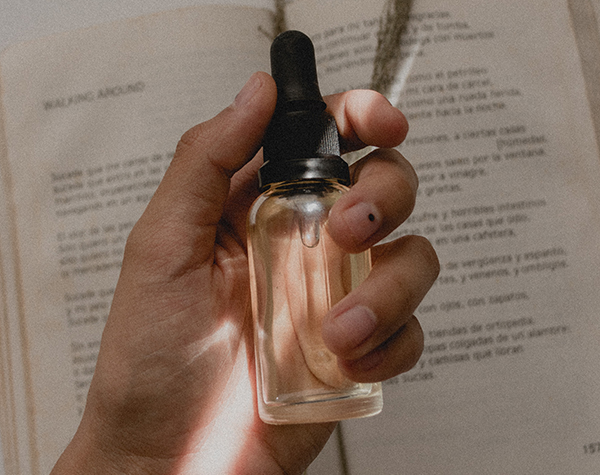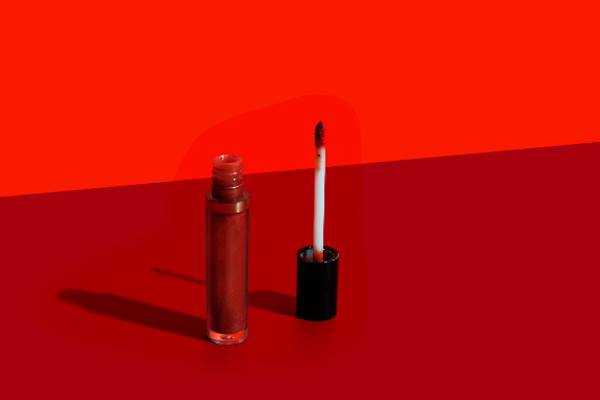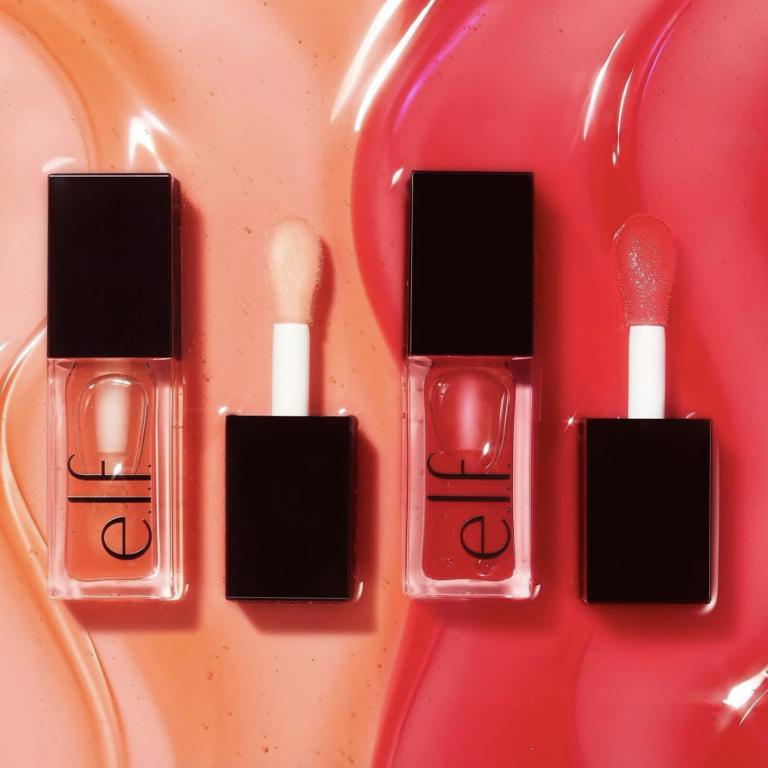6 Key Regulatory Rules for Entry into The Cosmetics Market
18/05/2020 by The Red Tree

This article is written by Nicolas Carbonnelle, a Regulatory lawyer at leading international law firm Bird & Bird LLP. Nicolas advises beauty, luxury, wellness and other retail brands on the regulatory questions that arise in the course of their business at all stages of their products’ lifecycle, from R&D to commercialisation, including compliance with the EU Cosmetics Regulation and the EU Regulation on the Registration, Evaluation, and Authorization of Chemicals (REACH) and related regulations and labelling requirements and advice on the classification of borderline products.

-
Unlike other types of products (such as medicinal products) cosmetics products do not need prior regulatory approval before they can be put on the market. This does not mean, however, that they are unregulated – far from it. In this article we offer a few regulatory tips for a smooth market entry.
Rule #1: liberty means responsibility
Since cosmetics products do not need regulatory approval before being put on the market, the responsibility for ensuring they are safe and compliant with applicable regulations falls on the manufacturer.
The applicable regulations define a “manufacturer” as any person or company that:
- manufactures a cosmetic product; or
- has a cosmetic product designed or manufactured on their behalf;
and
- markets a cosmetic product under their name or trade mark.
Manufacturers have to scrutinize the formulation of their cosmetics products carefully, in order to verify that each component is acceptable under the applicable regulations. This means that a safety assessment has to be undertaken, and a “product information file” has to be created (containing detailed information about the characteristics of the product).
Once the product has been formulated (and complies with the applicable regulations), it has to be registered on a centralised portal before it can be marketed, so that the relevant regulatory authorities can monitor the product once it has been put on the market. In making such registration, the manufacturer must nominate an individual to act as the point of contact for the regulatory authorities.
EU regulations also require that a “responsible person” be nominated in respect of each cosmetic product that is put on the market. Non-EU-based companies therefore need to establish an entity within the EU to act as the “responsible person”, or appoint a representative for that purpose (in which case the rights and obligations of both parties need to be established in writing).
Rule #2: regulators never sleep
Regulation of cosmetic products in the EU is fast-moving and constantly evolving – new restrictions and requirements are introduced on a regular basis. The main framework regulation governing the commercialisation of cosmetic products in the EU has been amended more than 30 times since it came into force.
Updates to the applicable rules are often made to update the list of substances which are prohibited for use in cosmetic products, the list of products which may only be used subject to certain restrictions, and the list of UV filters which are allowed in cosmetic products.
Changes can also be implemented for health and safety reasons, or for environmental reasons. For example, microplastics have been under close scrutiny over the last years and are expected to be banned from the EU market in the near future – they have already been banned in the UK and in certain EU Member States.
Whenever changes are made to the applicable regulations, it is vital to ensure that your product still complies with the relevant requirements, or whether you need to change your product formulation or product labels in order to remain compliant.

Rule #3: global trade, but regional and local regulations
While cosmetics regulations are harmonised throughout the EU, the way in which the regulations are enforced can vary on a country-by-country basis. This is because enforcement of the regulations is entrusted to national authorities of each EU member state.
For example, the regulations mandate that certain information be included on the labels of cosmetic products – for example a list of ingredients, the “best-before” date, the batch number, and certain other essential information. But the language that this information has to be displayed in will depend on the national law of the country in which the product is sold.
The “responsible person” for each product has to ensure that the mandatory labelling requirements, however it is the local distributor who has to ensure that the applicable language requirements are complied with. As such, they are both responsible for ensuring that cosmetics products placed on the EU market confirm with the applicable regulations. They must also ensure that they are able to carry out any corrective measures in the event products do not comply with the regulations (such as product recalls).
Rule#4: marketing claims require scrutiny
In the crowded and competitive space of cosmetics, marketing plays a major role in making a product stand out and in communicating its key benefits. But it’s vital to make sure your marketing claims are valid.
The applicable regulations allow claims to be made in product advertising and on product labelling (be it by way of text, names, trade marks, pictures or signs), provided that they are valid and do not imply that the product has characteristics or functions it does not actually have.
Whilst the validity of a claim has to be assessed on a case-by-case basis, the applicable laws set out the following six criteria which help evaluate the validity of product claims:
- legal compliance
- truthfulness
- evidential support
- honesty
- fairness
- informed decision-making.
In this area as well, enforcement and oversight is within the remit of national authorities.

Rule #5: the eu has completely banned animal testing of cosmetics
Animal welfare is an area in which the EU has developed a number of protection standards. In relation to cosmetics, the testing of finished cosmetic products on animals has been banned since 2004. This ban was extended to apply to the testing of the ingredients of cosmetic products on animals in 2009.
In addition to undertaking testing of products on animals, it is also prohibited to place any product on the market if the product or its ingredients have been tested on animals. Given that there is no ban on animal testing at a global level, cosmetic brands therefore have to be very careful in the sourcing of their ingredients to ensure that none of the ingredients in their products, nor the products themselves, have been tested on animals by their suppliers.
Rule #6: stay tuned. Always.
Ensuring product and marketing compliance at any time is the first duty of businesses placing cosmetic products on the market, which is a challenging task given that regulations change at a fast pace.
It is also important to keep in mind that despite a deep harmonisation of the regulations on cosmetics at EU level, these regulations are enforced by national authorities, meaning that divergences in interpretation may still exist, in particular in respect of borderline products classification.
Launching a cosmetics brand or a new cosmetic product therefore requires careful assessment and preparation.
Businesses active on both sides of the Channel are also advised to monitor the consequences of Brexit. The EU regulations described above will continue to apply during the current transition period, allowing business-as-usual to continue, but it is advisable to plan ahead and anticipate the changes that may come thereafter.
As a preliminary step, UK-based businesses selling in the EU should ensure they either have a presence in the EU or have nominated a “responsible person” for their products in the EU.
The Red Tree is the UK’s leading international beauty brand consultancy and a powerhouse of ideas, insight and inspiration. For an informal discussion on how we might help you, please contact us.
Our Series

Middle East Beauty Hub
Explore our series of articles uncovering the intersection of tradition, innovation, and regulation within the nuanced Middle Eastern beauty markets.

Female Founders: The Lip Gloss Gap
Our series of articles highlighting how the UK beauty industry plays a vital part in closing the female fundraising gap.

Founder Hub
New to the beauty industry? Our Founder Hub series brings together an array of articles covering topics from the costs of starting a new brand, to our recommended branding agencies.

Meet The Team
Get to know each of The Red Tree team members with our interview series. From our favourite campaigns to tips on how to enter the beauty industry.

RaceFit™
Our series of articles exploring our fitness test for beauty brands. The unique RaceFit™ questionnaire allows you to quickly review the 7 building blocks crucial to brand success.




